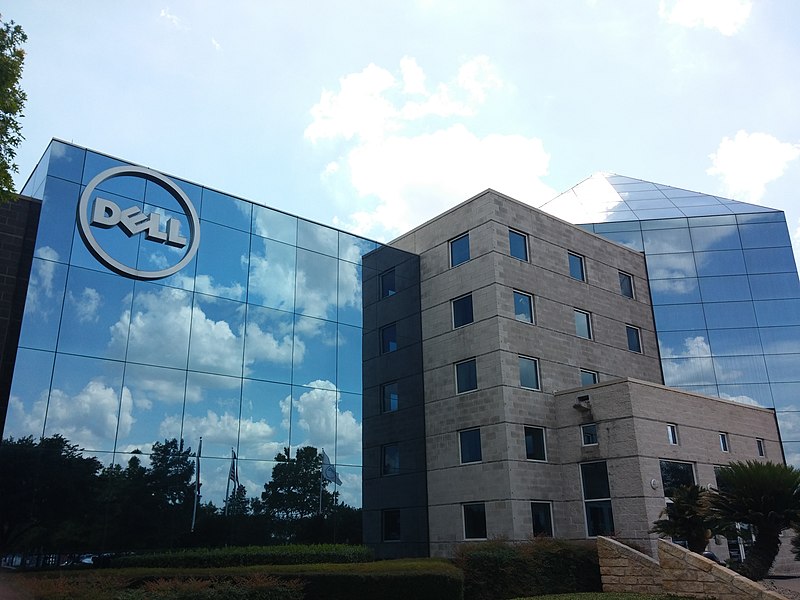 SECURITY
SECURITY
 SECURITY
SECURITY
 SECURITY
SECURITY
Dell Inc. announced today that it is building a zero-trust security ecosystem that brings together more than 30 leading technology and security companies to create a unified solution across infrastructure platforms, applications, clouds and services.
The new ecosystem seeks to address the challenge of implementing the seven pillars of zero trust. Dell argues that though some companies can implement aspects of the model, no companies can implement all seven pillars alone.
Zero trust is a cybersecurity framework that assumes all users and devices are potential threats, even those within the network perimeter. It requires continuous authentication and authorization for access to resources, reducing the risk of data breaches and stopping the lateral movement of attackers.
Through this ecosystem, Dell and its partners say, they’re paving the way to adoption of zero trust. As part of the initiative, Dell is providing technology at the Zero Trust Center of Excellence, a center announced by Dell in October, and constructing an advanced private cloud solution focused on integrating and orchestrating customer security.
Dell claims that its approach to zero trust will help organizations implement the technology and tap the expertise needed to build and configure the architecture. The service replicates Department of Defense-approved architecture with technology from leading providers to enable organizations to defeat cyber criminals while meeting the U.S. government’s zero-trust mandate.
Capabilities of the ecosystem include continuous authentication, with user access being continuously authenticated with multifactor authentication. Any device connecting to a network or accessing a resource is also detected and assessed for compliance status.
The ecosystem offers continuous monitoring and ongoing authorization through automated tools and processes that continuously monitor applications and assess their authorization to determine security control effectiveness.
Data rights management tooling in the Dell zero-trust ecosystem encrypts data at rest and in transit to reduce the risk of unauthorized data access, while microsegmentation defines and documents network segmentation based on identity and application access, allowing for improved protection of data in transit.
Deepak Rangaraj, PowerEdge security product manager at Dell, spoke with theCUBE, SiliconANGLE Inc.’s livestreaming studio, in March (below) about how zero trust is shaping the company’s cybersecurity strategy for the enterprise.
“We recognize that the best security strategy for the modern world is a zero-trust approach,” Rangaraj said. “We are building our infrastructure and tools and offerings for customers to make them cyber-resilient.”
THANK YOU